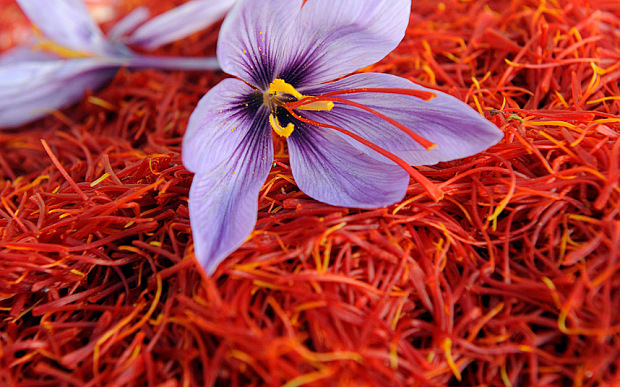According to a Farsi report by ICANA, Farhad Falahati, a lawmaker from the saffron-rich county of Qaen, said the export of unprocessed Iranian saffron will result in the reimport of the product processed by other countries.
Falahati stressed that the place of production is always required to be written on the label of Iran’s exported saffron.
Commenting on the status quo of saffron production and smuggling in Iran, he said, “Iran’s saffron bulb is trafficked to Afghanistan. A major portion of the Afghan farmlands under saffron cultivation are using peddled Iranian bulbs.”
Falahati added one cannot deny that Iran’s saffron is being smuggled to Afghanistan, as witnessed by the increased cultivation of the crop in the neighbouring country.
He said it has been almost a decade since saffron production was organized in Iran, adding, “During this period, we have managed to decrease the export of the product in bulk.”
Although a major portion of the Iranian saffron is exported in elegant packaging, the product can still bring in more revenue.
Falahati regretted that unprocessed saffron export is to blame for Iran’s failure to generate higher income from selling the crop.
Qaen County, located in the eastern Iranian province of South Khorasan, is known as the world’s saffron capital.
